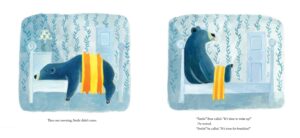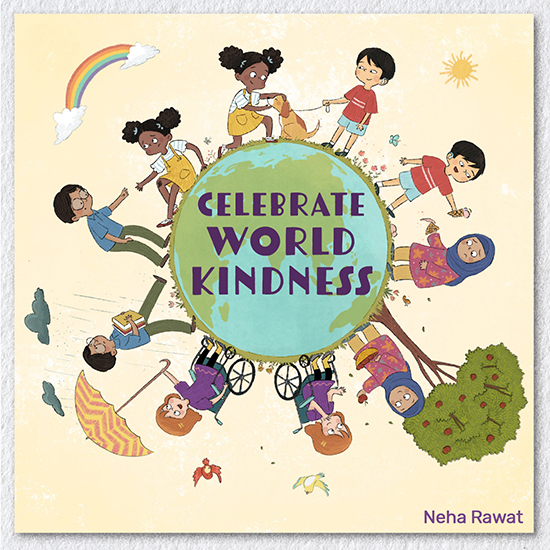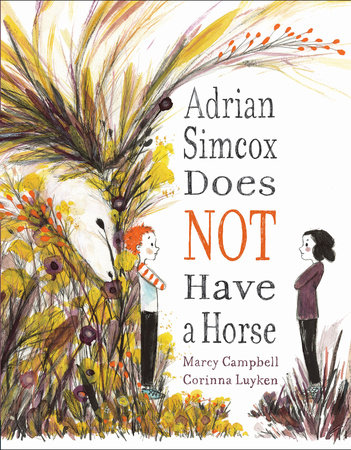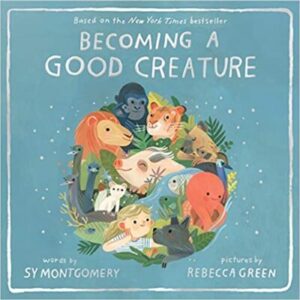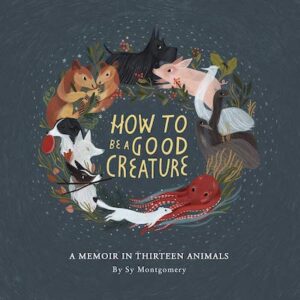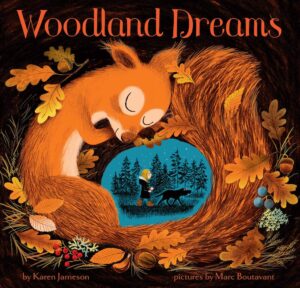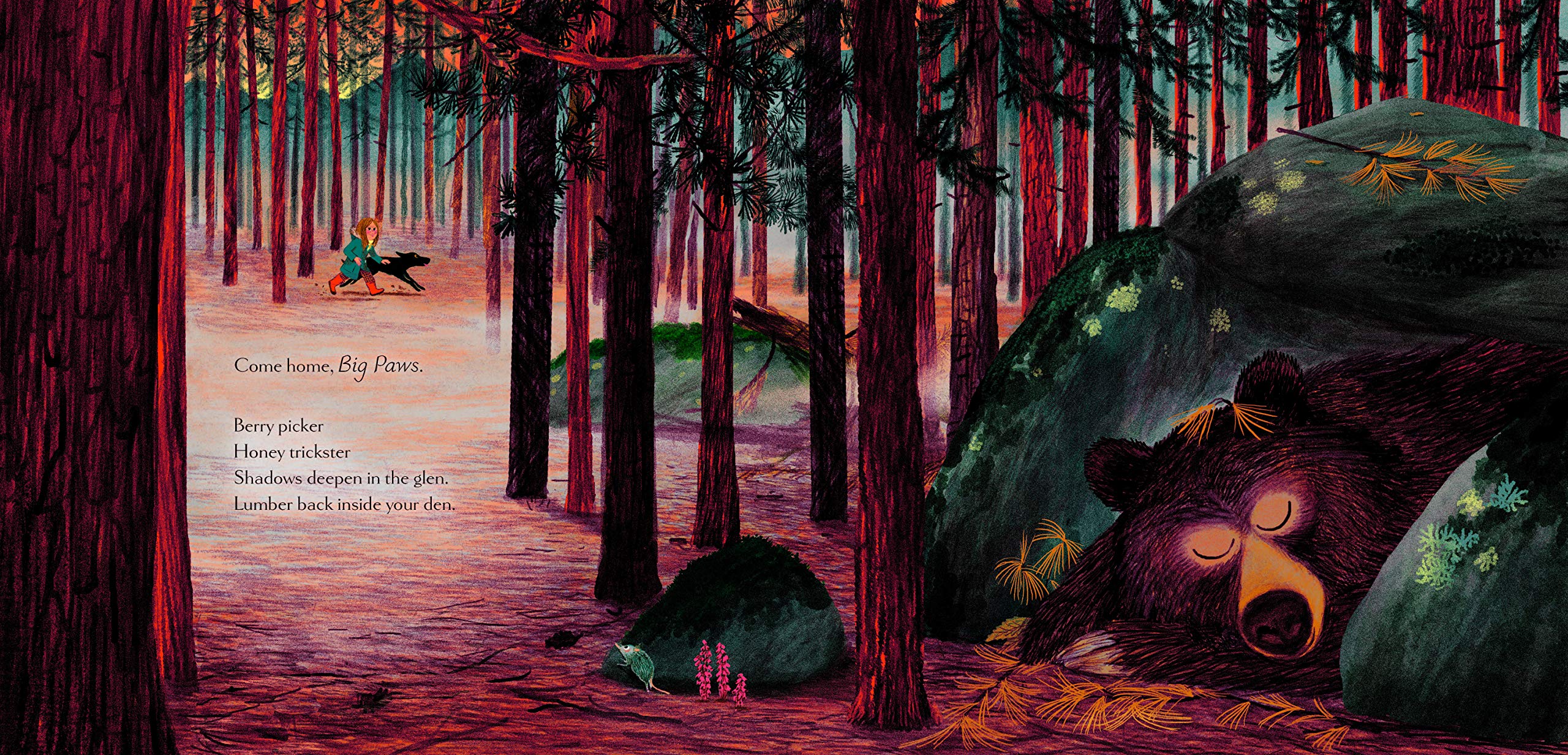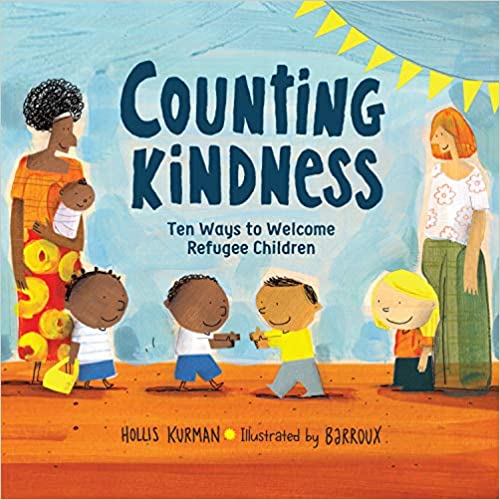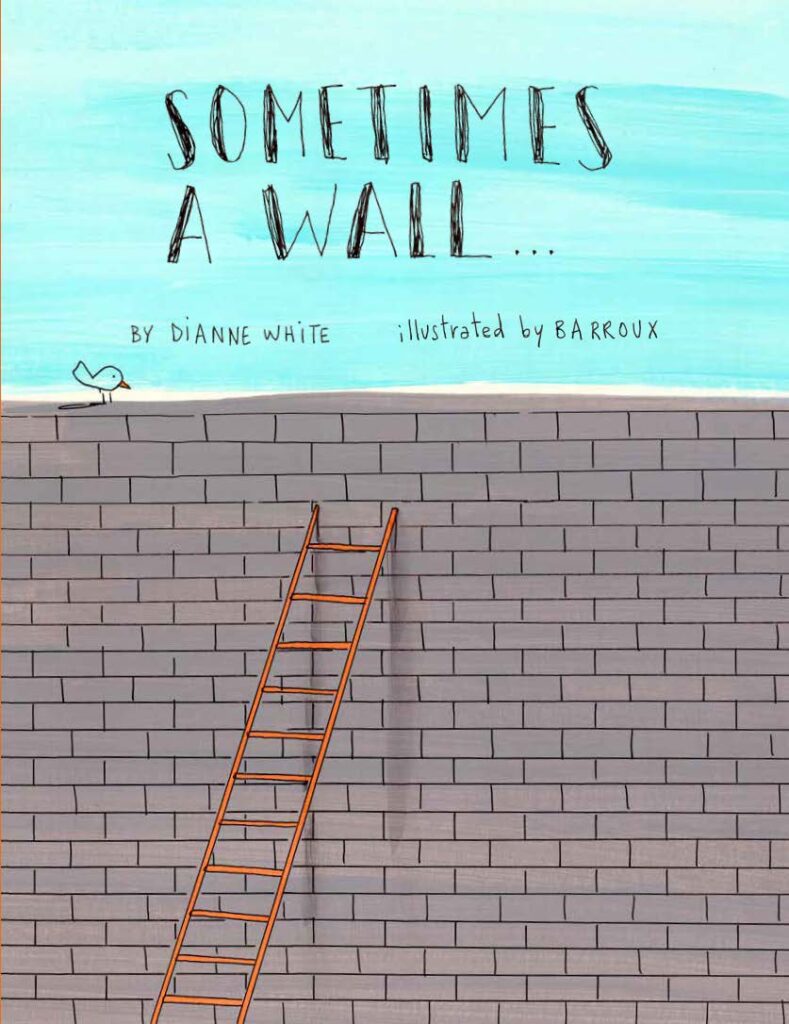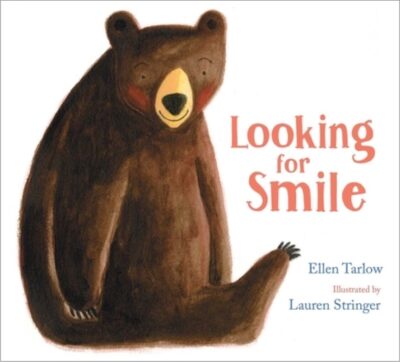
LOOKING FOR SMILE by Ellen Tarlow, illustrated by Lauren Stringer
Beach Lane Books/S&S | 978-1534466197
Each morning, Bear awoke to find his friend Smile nearby. They liked the same things – nuts and berries for breakfast, honey from a hive, splashing in a waterfall. They enjoyed the same adventures – “as long as they weren’t too scary.” The two were inseparable.
One morning, Bear awoke and Smile was nowhere to be found. Not under the bed, nor tucked in the closet. He didn’t even appear in time for their favorite breakfast. The two had always been together, until suddenly… they weren’t. Poor Bear. What was he to do?
This charming story is a gentle exploration of the journey from joy to sadness back to joy, and the ways in which a good friend can make all the difference.
***
Ellen and I met over ten years ago when I was a grad assistant at Vermont College of Fine Arts and she was completing a semester in the program. Over the years, we’ve managed to stay in touch, and I’ve been anxiously looking forward to the publication of her newest book. I’m pleased to introduce Ellen and her work to readers!
DW: Welcome, Ellen! Congratulations on LOOKING FOR SMILE, illustrated by Lauren Stringer. It’s such a tender story about friendship, but also about the reality that our days are not always vibrant and sunny. Sometimes, without warning, our joy is replaced by sadness. We’re blue, and we don’t quite know how to change things.
How did you come to this idea about a bear who had lost his smile? Did you hear the first line in your head and know exactly where you wanted the story to go? Or did the idea of a character who became sad and eventually found his way back to joy begin differently? What was the genesis of Bear’s story?
ET: The idea first came in bed one morning; I think on a day when Smile seemed a little far away. For a while, I fiddled around with various characters who had lost their smiles and how they found them. (I had just written a Bear manuscript so didn’t want it to be a Bear but in the end it had to be.) But the story didn’t come to life until a few months later when I got the idea of personifying Smile. Then I wrote about 75% of it in one sitting. Making Smile a character allowed me to write about Bear before the loss of Smile which makes the loss more meaningful and poignant. You feel Bear’s aloneness because you knew them together. The character of Smile also gave the story a “lift” and prevented it from being too sad. After that burst, I put the story aside for a few months. (I’m not sure why other than a natural tendency not to finish.) But also I wanted to get the ending just right. I wanted to make it real and meaningful to kids. I’m not sure when the idea of just sitting and singing with his friend Bird came to me but it seemed like the simplest and truest of all the ideas and it was the only version I wrote out. I sent it to The Writing Barn about a week or two later.
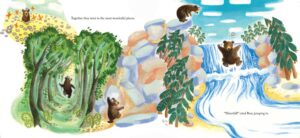
© Lauren Stringer CLICK to ENLARGE
DW: This book has quite an amazing backstory. How were you able to find the perfect editor (Allyn Johnston of Beach Lane Books), an amazing illustrator (Lauren Stringer), and your agent (Rubin Pfeffer), all in one big serendipitous meeting? Can you share the story?
ET: Well, there would be no story at all if not for you! A year after taking your class at the Writing Barn, you wrote suggesting I go to a Picture Book Intensive Weekend there as I might be a good fit for Allyn and Rubin. This was in May of 2019. To make a short story shorter, Rubin read “Looking for Smile” for my critique and shared it with Allyn and Lauren. And by the time I met with him, he said he wanted to represent it/me and an hour or so later, all three called me over to a picnic table and told me that Allyn wanted to buy it and Lauren wanted to illustrate it! I wobbled my way back to my room and barely slept for the rest of the weekend. The book came out in pretty much record time for a picture book — about 15 months later. The fact that we all spent that first weekend together felt like a special bond and the creation was a real team experience.
DW: I adore the illustrations! The sunshiny colors that open the book – aqua, green, yellow – and the gentle contrast that happens as the story reaches that one unlucky morning when “Smile didn’t come.” Bear goes from a rosy-cheeked, happy-go-lucky guy with a bright smile to one sad fellow, drenched in a soft blue that makes the reader ache over his sadness.
As you wrote the story, did you have any particular images in your head? What were some of the nice surprises when you saw the finished art for the first time? Do you have a favorite illustration?
ET: The illustrations are so much MORE than I imagined: so much more beautiful, so much more full of feeling, so much “smarter” in conveying the nuances of story. I was surprised and delighted by the color switch when Smile doesn’t come. But really every page has some magic in it. Also, the book ended up being 48 pages which allows readers to go on the emotional journey with Bear in a very intimate way.
If I had to pick just one illustration, I think it would be the page where Bird begins to sing and Bear is looking down at her. The expression on Bear’s face — of both sadness and the recognition that something could be happening that would change the sadness — is amazing to me. It seemed like an impossible moment to capture and Lauren did it so beautifully.
© Lauren Stringer CLICK to ENLARGE
DW: You’ve been working as a writer and editor of early childhood classroom materials for a long time, and it has to have informed the voice you’ve developed as a picture book writer. Do you have any tips for those who are hoping to find their own voices as writers of books for kids? What feeds your creativity?
ET: In my day job, I have written and edited hundreds of stories for early childhood classrooms. Often, we have to use very simple language as the stories teach children to read. That certainly taught me a lot about how to put a story across economically and how to think about what role pictures can play. In terms of inspiration, I would say my personal stories come from a very different place, often feelings from my own childhood. I seem especially drawn to those childhood moments when the world opens up in a new way, of facing life with limited experience but still managing, the wonder and surprise and raw emotion that come from it all being so new.
And I guess my advice is boring. It can take long time find the right way to say what you want to say. And because of the time involved, write something you really want to spend time with. Also maybe try other forms of expressing what you want to say. I started out (decades ago!) writing novels about animal characters and gradually made my way down to the picture book format. I am not sure my voice changed as much as finding the right way to use it. That was a long time coming.
DW: What are you working on? What can readers look forward to from you next?
ET: I am lucky enough now to have several books with Allyn Johnston and Beach Lane. I have three more picture books signed up. The next one is called Becoming Blue which is a little different for me. Knowing that my husband is a color theorist and painter, Rubin challenged me to do a book about colors. It is really about a character like my other books (Blue and his journey of self-discovery) but the color angle added a whole new really fun dimension. In addition to the picture books, Allyn and Beach Lane also have an early reader series and I am working on the second book.
DW: Fantastic! Congratulations again, Ellen, on LOOKING FOR SMILE. I cannot wait to read Becoming Blue and look forward to the books that will follow.
Readers can learn more about Ellen on her website: https://www.ellentarlow.com
Follow Ellen on:
- Instagram: @tarlowellen
- Twitter: @TarlowEllen








